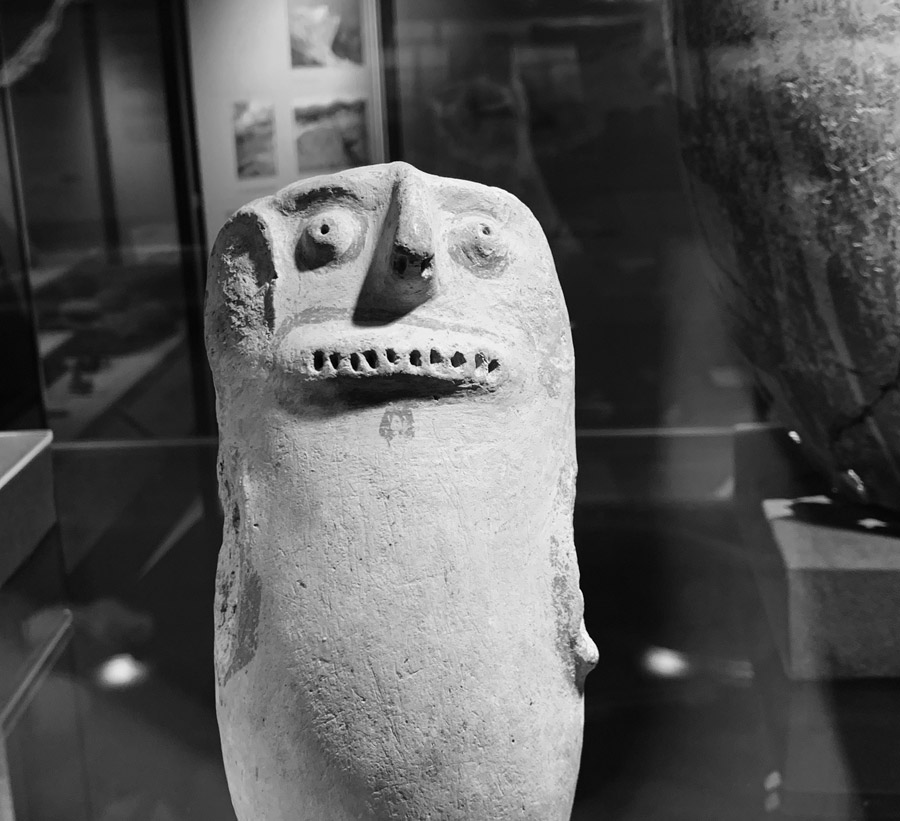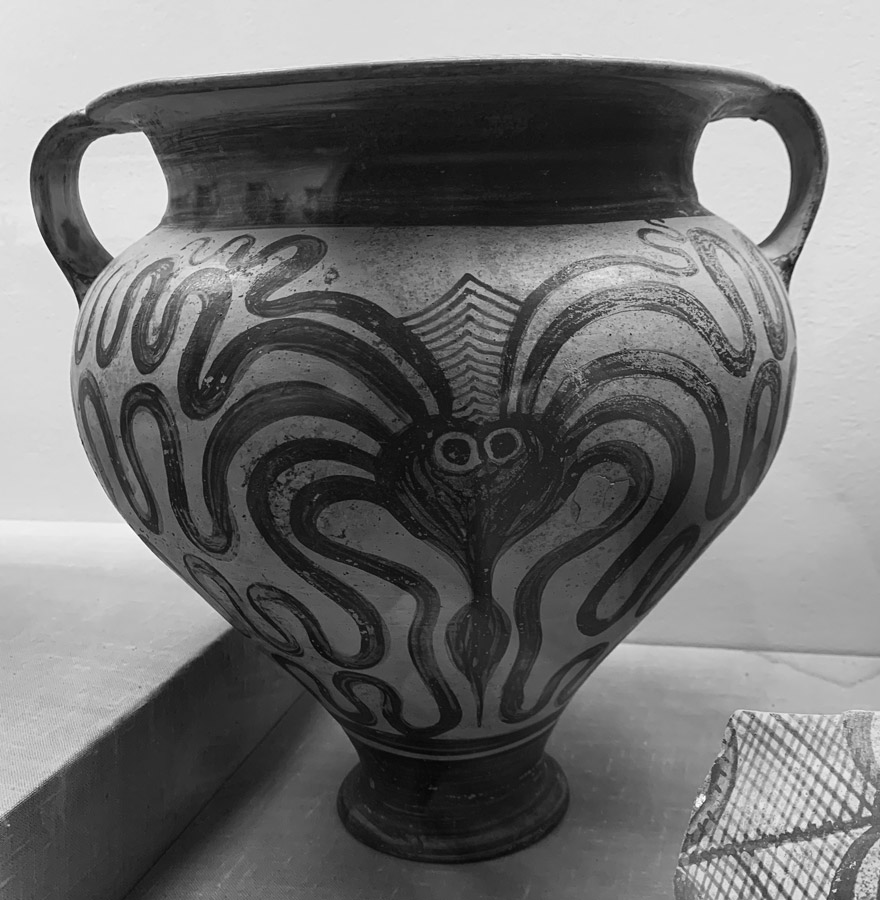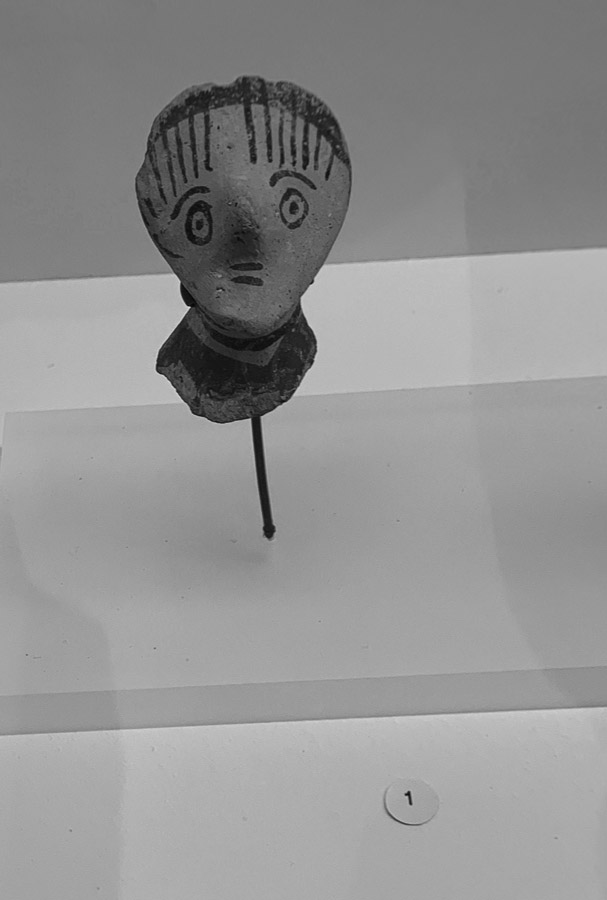Cyprus at first glance: Difference between revisions
m (→★ anise drinks) |
|||
| Line 63: | Line 63: | ||
I started cultivating my love for anise drinks mainly in 2020 after I had a severe gastro disease. During the pandemic, my routine of eating and sleeping got really bad and resulted in the strongest pain in my gullet - I couldn't find a laying position without a feeling of having a pipe in my stomach. Afterwards, 6 months only on rice, potato puree, and a few grilled veggies. And ouzo. It helped me stay sane, for real. :) | I started cultivating my love for anise drinks mainly in 2020 after I had a severe gastro disease. During the pandemic, my routine of eating and sleeping got really bad and resulted in the strongest pain in my gullet - I couldn't find a laying position without a feeling of having a pipe in my stomach. Afterwards, 6 months only on rice, potato puree, and a few grilled veggies. And ouzo. It helped me stay sane, for real. :) | ||
It is a long story to explain to someone who finds anise drinks weird. Why would anyone like to drink anything like that if you have all the other alcoholic drinks out there? Unless you're either used to it from your local culture, of course. Ouzo in Greece and Cyprus, Mastika in the Balkans, and many other types in the Mediterranean countries + some other southern places. But from my experience, not everyone from those places likes to drink [https://en.wikipedia.org/wiki/Anise%20drinks anise-based beverages]. | It is a long story to explain to someone who finds anise drinks weird. Why would anyone like to drink anything like that if you have all the other alcoholic drinks out there? Unless you're either used to it from your local culture, of course. ''Ouzo'' in Greece and Cyprus, ''Mastika'' in the Balkans, and many other types in the Mediterranean countries + some other southern places. But from my experience, not everyone from those places likes to drink [https://en.wikipedia.org/wiki/Anise%20drinks anise-based beverages]. | ||
==== ★ fish meze ==== | ==== ★ fish meze ==== | ||
Revision as of 18:01, 21 August 2023
I am spending almost 2 months in Cyprus - August and September. The hottest months of the year here. An endless Summer vacation. An island. A place somewhere between Europe, Asia and Africa. Here are some highlights I would like to keep in handy for later.
_location
Somewhere between Europe, Asia and Africa. A hot island with a lot of dust and sand. But not a desert. An oasis?
_museums in Cyprus
★ The Cyprus Museum [Nicosia]
The Cyprus Museum is the island’s main and largest archaeological museum, and charts the development of Cyprus’ civilisation from the Neolithic Age to the Early Byzantine period (7th century).
▶▶ source: the museum's website
// practicalities:
_entrance and audio guide are free [as of August 2023]
_the audio guide is a necessity - at some point, there are no descriptions of the artefacts, so you basically are lost without it [in case you want to know what are you looking at]
// highlights:
_faces - as a person who is somewhat obsessed with faces [I often carry a marker in my bag to bomb some places & objects which need a little push to become cute faces], I absolutely loved looking at a great selection of ancient figures with cute faces
_octopus - a recurring illustration on pottery to absolutely love and get inspired by; mainly from around 13C. b.c.
_the 1/3 excavation rule - in 1929, The Swedish Cyprus Expedition investigated the archaeology of the early history of Cyprus. During this project, the Sanctuary of Ayia Irini was excavated where 2000 terracotta figures were found. The practice at the time was the following: 1/3 go to the owner of the land, 1/3 to the local Government and 1/3 to Sweden. A similar situation goes with other expeditions as we well know. However, seeing some photos of artefacts kept in Sweden, UK and Germany, not all the 1/3rds are equal, of course.
★ Archaeological Museum of the Larnaka District [Larnaka]
The Archaeological Museum of the Larnaka District was initially housed in a room of the Saint Lazarus Church. In 1948 the collection was moved to the city's Ottoman period castle and in 1969 the current Museum was established. In 2022 the museum's exhibition was upgraded. Wing I is dedicated to the Prehistory and Proto-history of the Larnaka town and District with the Pre-Pottery Neolithic, Pottery Neolithic, Early-Middle Bronze Age and Late Bronze Age represented.
▶▶ source: the museum's website
// practicalities:
_it's a very cute, small, recently renovated museum
_there is an even cuter cleaning robot that goes around the exhibition with you
_another museum with free entry
_some of the artefacts are placed outside - thus, if you want to see everything, don't go on a hot summer day
// highlights:
_more faces - because of course some artefacts are also on display here :)
_and more figures from the Chalcolithic period - I found them most exciting and interesting to look at
_here you can also see some sarcophagi
_you can also see all sorts of vessels for food and drinks from the earliest times people were drinking; somehow wine and olive oil were also favourites, such a long time ago... some things never change :)
_of course, the cleaning robot was a highlight! Is it the museum's keeper? An artefact as well? Part of the exhibition? Everything at once?
_food & drinks
Once cannot simply go to a new place and not pay attention to the food and the drinks...
...wip...
★ anise drinks
Strange drink.
- This is what our waiter at the bar said to me when I ordered ouzo. He is a refugee from Afghanistan. He used to be a journalist and work with NATO. He spent 40+ days in the refugee camp nearby Nicosia and that is why he doesn't connect the city with good memories, it was really hard for him there. Now he is working at a bar in Larnaka. And he's working every day. He doesn't like being a refugee at this active age, because he believes this is the time when you need to work and do things to change, improve and support your country, community, and family.
I started cultivating my love for anise drinks mainly in 2020 after I had a severe gastro disease. During the pandemic, my routine of eating and sleeping got really bad and resulted in the strongest pain in my gullet - I couldn't find a laying position without a feeling of having a pipe in my stomach. Afterwards, 6 months only on rice, potato puree, and a few grilled veggies. And ouzo. It helped me stay sane, for real. :)
It is a long story to explain to someone who finds anise drinks weird. Why would anyone like to drink anything like that if you have all the other alcoholic drinks out there? Unless you're either used to it from your local culture, of course. Ouzo in Greece and Cyprus, Mastika in the Balkans, and many other types in the Mediterranean countries + some other southern places. But from my experience, not everyone from those places likes to drink anise-based beverages.




